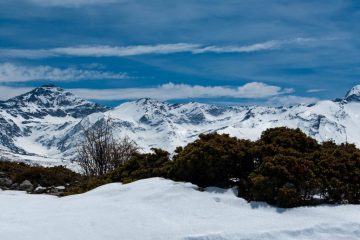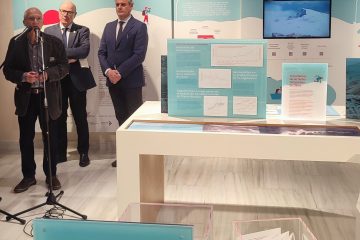We are very interested in creating protocols to assess changes in ecosystem functioning. Vegetation indexes are very robust indicators to learn about primary production, phenology and stress response. Several remote sensors (MODIS, AVHRR, Landsat, etc.) provide the information needed to calculate vegetation indexes at a regional scale. But we are interested in designing new methods to obtain vegetation indexes at much more detailed spatio-temporal resolution.
Terrestrial cameras provides this resolution. Thus, we have invested almost one year to design and implement a terrestrial camera to measure vegetation indexes (NDVI. Normalized Difference Vegetation Index). This device contains a raspberry-pi core and a camera prepared to compute a surrogate of NDVI (obtained combining infrared and blue bands).
We installed our first operational NDVI-camera last April at Sierra Nevada National Park. This camera will monitor changes in photosynthetic activity in pine plantations and autoctonous Pinus sylvestris stands located at the "Cortijuela" area.

Ramón is the leader of this project. He designed and compiled the camera helped (and encouraged) by Mayte, Eladia and Alberto (three students that are working with us during this spring-summer).
Our camera is able to take pictures like the one shows below each 20 minutes. We hopefully will have a big amount of pictures to work with till the end of August. Then, we will analyze the results trying to identify temporal trends and some other spatio-temporal patterns in primary production (e.g. pattern in daily photosynthetic activity, effects of summer droughts, etc.). Red colors mean pixels with high phtosyntetic activity.

This project is being executed thanks to the funds provided by Fundación Biodiversidad and CEIBiotic project, in the context of Sierra Nevada LTER site and Sierra Nevada Global Change Observatory.
But this is only the beginning. We are inventing some other gadgets with improved radiometry and performance …
Autores: Francisco Bonet



0 Comments